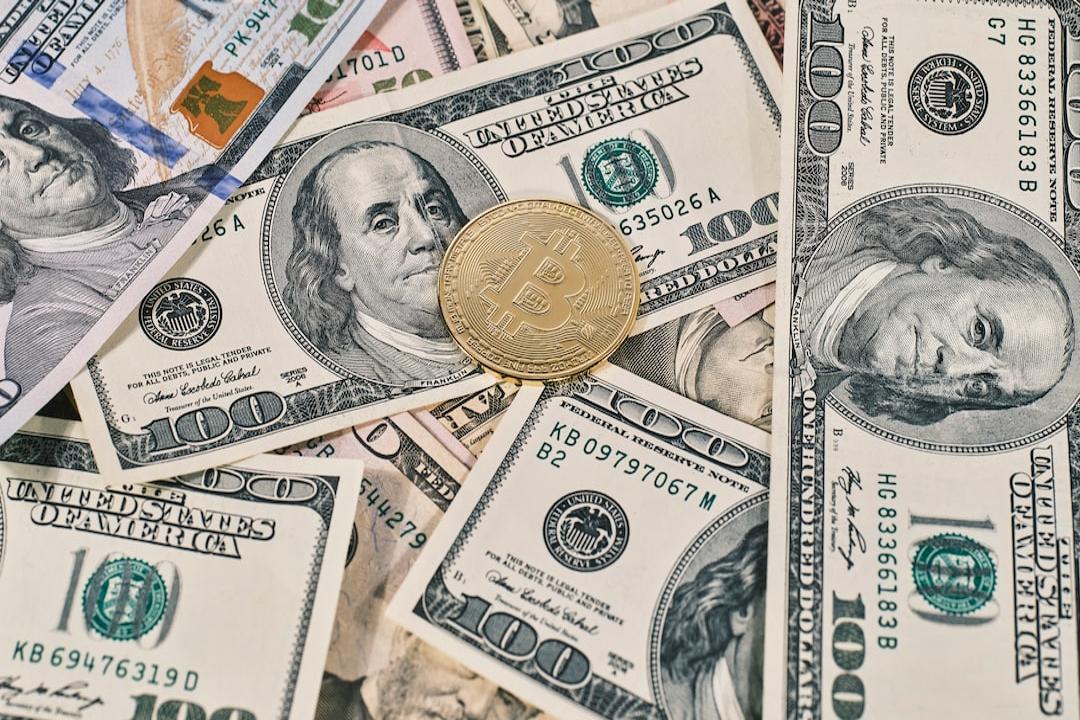The Reasons for the Popularity of Meme Coins
In this bull market, meme tokens continue to attract significant attention, with ordinary investors believing this is their only chance for success in this cycle. While the potential returns are enormous, the corresponding risks cannot be ignored.
This article aims to assist you in formulating trading rules and profit strategies to enhance the likelihood of making a profit, rather than completely giving back all paper gains while waiting for the next 100x return.
The Reasons for the Popularity of Meme Coins
Meme is the most authentic and simplest representation in cryptocurrency. Traditionally, memes are closely associated with retail traders, but this cycle has not seen a complete return of retail participation. Nevertheless, early in this cycle, the attention on memes is higher than ever before.
Currently, the market is dominated by experienced crypto traders, many of whom are in their second or subsequent cycles. The current market participants typically:
– Focus on maximizing profits.
– Recognize that over 90% of “fundamental” projects are actually memes, lacking true value, and are destined to fail.
We have seen numerous examples indicating:
– The significant wealth creation potential of memes.
– Multiple billion-dollar, venture capital-backed “fundamental” projects declining slowly due to long-term unlocking periods.
Given these factors, it is understandable that many prefer memes. They have proven to be powerful wealth creators without the false facade of “innovative technology.”
PEPE and WIF made a strong rebound after the pullback in May last year, highlighting the changing perception of memes in this cycle. Unlike in the past, where meme strength often signaled market tops and peaks in trader confidence, today’s memes demonstrate resilience during overall market pullbacks and periods of low confidence.
Larger market cap memes like $PEPE and $WIF have almost become a safe haven for users during uncertain times. The meme super cycle has clearly begun.
Risk Management: Position Size Relative to Portfolio
We categorize this into four levels:
– Four digits (1,000 to 9,000)
– Five digits (10,000 to 100,000)
– Six digits (100,000 to 900,000)
– Seven digits (1,000,000 to 9,000,000)
Trading with a sub-four-digit portfolio
The million-dollar question is: “How can I succeed in shitcoin/memecoin with little capital?”
The honest answer is, the chances are very slim, especially for newcomers. However, here are some guiding principles to improve your odds of success:
– Conviction Investment: Allocate a significant portion of your portfolio to investments you have strong beliefs and reasonable grounds for.
– Quick Exit: Aim for 2-4x returns and exit quickly. Avoid holding too long when most of your investments are focused on one.
– Selective Investment: Focus on logic and reason rather than charts and candlesticks. Allocate 20-25% of funds to a single investment, taking sufficient risks to potentially exit this phase.
– Bull Market Opportunities: In a strong bull market with high risk appetite, narratives can drive successful investments.
Step One: Accept Reality
Understand that with small amounts like $100, overnight success is unattainable. Do not rely solely on cryptocurrency for living expenses. Treat cryptocurrency as a secret project, a skill you master behind the scenes.
Step Two: Master a Specific Area
With limited capital, focus on improving trading skills rather than just making money. Accumulate capital until you can accurately identify opportunities. Choose a niche (such as swing trading, small cap, mid cap, large cap) and dive deep into research. Practice through simulated trading and accumulate capital via Web3 side gigs (like web development, community management, or graphic design).
Step Three: Start Trading with Savings Capital
Once you are confident in your trading skills and have accumulated some capital, begin to invest gradually. On Ethereum, if you can accurately spot opportunities, one ETH will be sufficient. Be selective in trading, strictly control profits, and cut losses quickly.
Step Four: Make Long-Term Investments
Once you have a solid portfolio, allocate a significant portion of funds to projects you believe in for the long term. Hold the project until your conviction wanes. Achieving 3-5x returns on a significant portion of your portfolio is still considerable. While small investments in high-risk projects may yield large returns, the goal is to adhere to rational principles.
Sub-Five-Digit Portfolios
If you have low five-digit capital, follow the same strategies as with low four-digit portfolios, but reduce each trade’s position to 10-15%. Stay extremely selective. With this capital, you can comfortably chart trade, buying at support and selling at resistance for major upward coins. As you approach high five digits, focus more on chart trading and closely monitor trading volume.
Sub-Six-Digit Portfolios
Maintaining and expanding a six-digit portfolio is challenging. Your goal is to protect profits while deploying capital in valuable opportunities. The journey to seven digits will be slow and requires commitment to the long-term process. If you can get in early, consider investing in new major upward coins. Compare the number of holders/market cap with recently performing coins and see if most people on Twitter are aware of it.
Risk Management: How to Manage Trading Risks
1. Set stop-loss conditions for each trade:
Identify and mark key support levels on the chart. If the price reaches these levels, stop loss in time and move on.
Avoid letting assets depreciate to zero. If a trade does not go as expected, exit promptly.
Ineffective conditions may occur due to various factors, such as slowing trading volume, losing key support, or reasonable FUD.
2. Plan exits in advance:
Before entering a trade, determine in advance where you will exit if the trade does not go as planned.
Consider setting stop losses for old coins based on your goals and risk tolerance. For new and volatile coins, you might adopt a “10x or bust” strategy.
3. Monitor hype and sentiment:
For meme tokens, pay attention to hype and market sentiment on Telegram and Twitter.
Assess overall market sentiment, particularly focusing on major coins and their derivatives. If major coins drop, related coins may fall harder.
4. Evaluate utility coins:
For utility coins, monitor the development team’s progress to ensure they continue to roll out updates.
Look for upcoming catalysts that the market has yet to price in.
Examples of Poor Risk Management:
Holding assets without timely profit-taking, leading to substantial paper gains turning into losses.
Here are some specific examples:

Lost $4 million in profits.

A whale sold $8 million of $JUP for $BODEN at the peak, losing 98%, turning $8 million into $85,000.

A broader perspective can help you gain a more comprehensive view.

Turning $9 into $40,000 and then falling back to about $1,600.

Elon Musk temporarily changed his Twitter avatar to laser eyes. While this was a strong catalyst, the price quickly fell when he changed it again. Things change very fast, and usually, if you haven’t taken profits in advance, you can’t hedge at the best moment.
Psychological Framework and Self-Questioning
1. Reduce risk during price volatility:
Take profits timely during significant price fluctuations to reduce overall risk.
Ask yourself whether the people discussing the coin are known for pump and dump schemes.
2. Identify the reasons for the coin’s rise:
Recognize the reasons for the coin’s increase. Is it pure speculation, or is it related to developers of previously successful projects?
Understand that peaks are often marked by widespread hype from influencers or significant events (like being listed on Binance).
If you feel excited and start taking screenshots, that might be a sell signal.
3. Gradual Profit-Taking:
Regular profit-taking is crucial. What matters is the actual profits you retain, not just paper profits.
Example Strategy: Sell 25% at 3-4x returns to cover initial costs, then sell another 25% at every 2-3x return.
Retain 10-20% of your “moon bag” to maintain investment and avoid regret after selling.
Useful Principles
1. Learn from Mistakes:
Personal experience is the best teacher in trading. The lessons learned from losses are invaluable.
Advice on taking profits or checking contract addresses may not resonate until you make a mistake.
The pain of errors will serve as a strong warning in the future.
2. Value in Simplicity:
Simple things are often overlooked because they seem insufficiently complex.
Observe the biggest fluctuations during market rebounds to understand the most followed directions.
For instance, dollar-cost averaging into the well-performing $MOG in June and July 2024 showed consistent excellent performance.
Identify positions that performed poorly during market rebounds to adjust your focus.
3. Avoid Overtrading:
Overtrading will gradually deplete your portfolio. Frequently changing positions diminishes clarity of thought.
Maintain discipline: conduct research, build conviction, choose positions, and stick to them.
4. Learn to Like Selling:
Selling is psychologically harder than buying because you fear missing out on huge gains.
Consistent profit-taking is often more rewarding than hoping for improbable returns.
Holding a position daily means you are effectively choosing it over other potential opportunities.
5. Stable Earnings Over Big Wins:
Pursue multiple 3-5x returns rather than expect 100x returns.
Scenario #1: Sticking to chase 10-100x returns often results in missing smaller but more stable profits.
Scenario #2: Continuous 3-5x returns over time can compound significantly.
6. Avoid Re-entering Profitable Trades:
After achieving 2-4x returns, close the position and wait for a pullback before considering re-entry.
Post-victory excitement can lead to overconfidence and a positive bias, increasing the risk of losses.
Removing that trade from your watchlist after closing can help avoid emotional re-entry.
7. Be Cautious of Trusting Your Emotions:
In cryptocurrency, the right decision often feels wrong. Selling during hype phases or buying during pullbacks may seem counterintuitive but can indeed yield profits.
Recognize that emotions like excitement and fear may mislead you, so decisions should be made based on rational analysis.
This article is collaboratively republished from:
Shenchao
The Ultimate Guide to Memecoin Trading How to Set Strategies Based on Capital Size
Related Posts
Add A Comment

